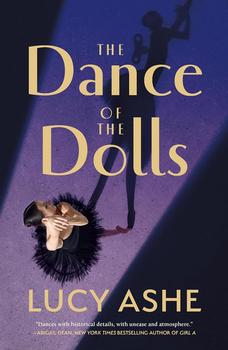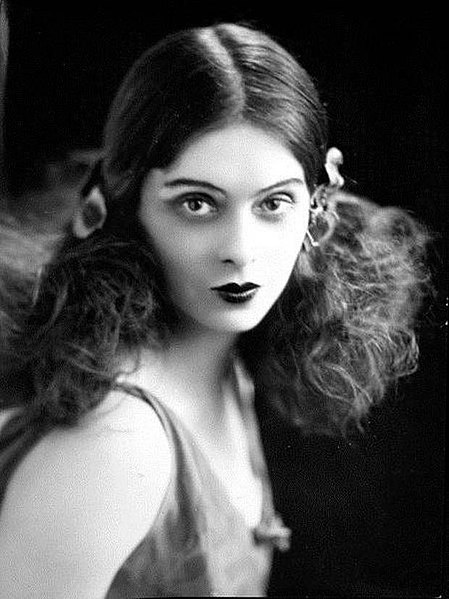Summary | Excerpt | Reading Guide | Reviews | Beyond the Book | Read-Alikes | Genres & Themes | Author Bio

This article relates to The Dance of the Dolls
 Lucy Ashe's The Dance of the Dolls is populated by historical figures whose presence in the fictional narrative enmeshes the story within the real history of British ballet. Long associated with the royal courts of France and Italy in the 15th and 16th centuries, the art form only became established in Britain in the early 20th century. Ballet in Britain was influenced not only by French and Italian styles but also greatly impacted by Russian ballet and dancers fleeing the Revolution and Soviet Union. For example, in Ashe's novel, main character Olivia notes the importance of Nicholas Sergeyev, former choreographer for the Imperial Ballet in Russia. Sergeyev successfully smuggled notated sections of over 20 ballets out of Russia, including The Sleeping Beauty, The Nutcracker, and Swan Lake.
Lucy Ashe's The Dance of the Dolls is populated by historical figures whose presence in the fictional narrative enmeshes the story within the real history of British ballet. Long associated with the royal courts of France and Italy in the 15th and 16th centuries, the art form only became established in Britain in the early 20th century. Ballet in Britain was influenced not only by French and Italian styles but also greatly impacted by Russian ballet and dancers fleeing the Revolution and Soviet Union. For example, in Ashe's novel, main character Olivia notes the importance of Nicholas Sergeyev, former choreographer for the Imperial Ballet in Russia. Sergeyev successfully smuggled notated sections of over 20 ballets out of Russia, including The Sleeping Beauty, The Nutcracker, and Swan Lake.
One major player from Britain in the early British ballet scene was Ninette de Valois, a cofounder of the Vic-Wells Ballet company, which later became the Royal Ballet. De Valois was born Edris Stannus in County Wicklow, Ireland, in 1898. She trained in London under an Italian dance teacher and joined the Ballets Russes in Paris before becoming committed to furthering ballet education and performance in Britain, founding Vic-Wells in 1931. Initially, the company was made up of only six women; in its current form, the Royal Ballet is home to over a hundred dancers.
Like de Valois, other British-born dancers made major impacts on the Vic-Wells Ballet from its earliest days. It is sometimes difficult to guess, however, which of those from the company's first years are indeed British; rather than creating French stage names like de Valois, some of the dancers of this generation Russianized their names. Dancers like Anton Dolin (né Sydney Francis Patrick Chippendall Healey-kay) and Alicia Markova (née Lilian Alicia Marks) are prime examples, having been born in Sussex and London, respectively. Dolin and Markova were often partnered and starred in performances with the Vic-Wells company before co-founding the Markova-Dolin Company and the Festival Ballet, which is now the English National Ballet. These dancers' ties to Russian ballet were clear through their styles of performance and choreography, which showed the close connection between the older traditions and the burgeoning British one.
Ballet dancer and choreographer Ninette de Valois (c. early 1920s), via Wikimedia Commons
Filed under Music and the Arts
![]() This "beyond the book article" relates to The Dance of the Dolls. It originally ran in September 2023 and has been updated for the
September 2024 paperback edition.
Go to magazine.
This "beyond the book article" relates to The Dance of the Dolls. It originally ran in September 2023 and has been updated for the
September 2024 paperback edition.
Go to magazine.
A few books well chosen, and well made use of, will be more profitable than a great confused Alexandrian library.
Click Here to find out who said this, as well as discovering other famous literary quotes!
Your guide toexceptional books
BookBrowse seeks out and recommends the best in contemporary fiction and nonfiction—books that not only engage and entertain but also deepen our understanding of ourselves and the world around us.